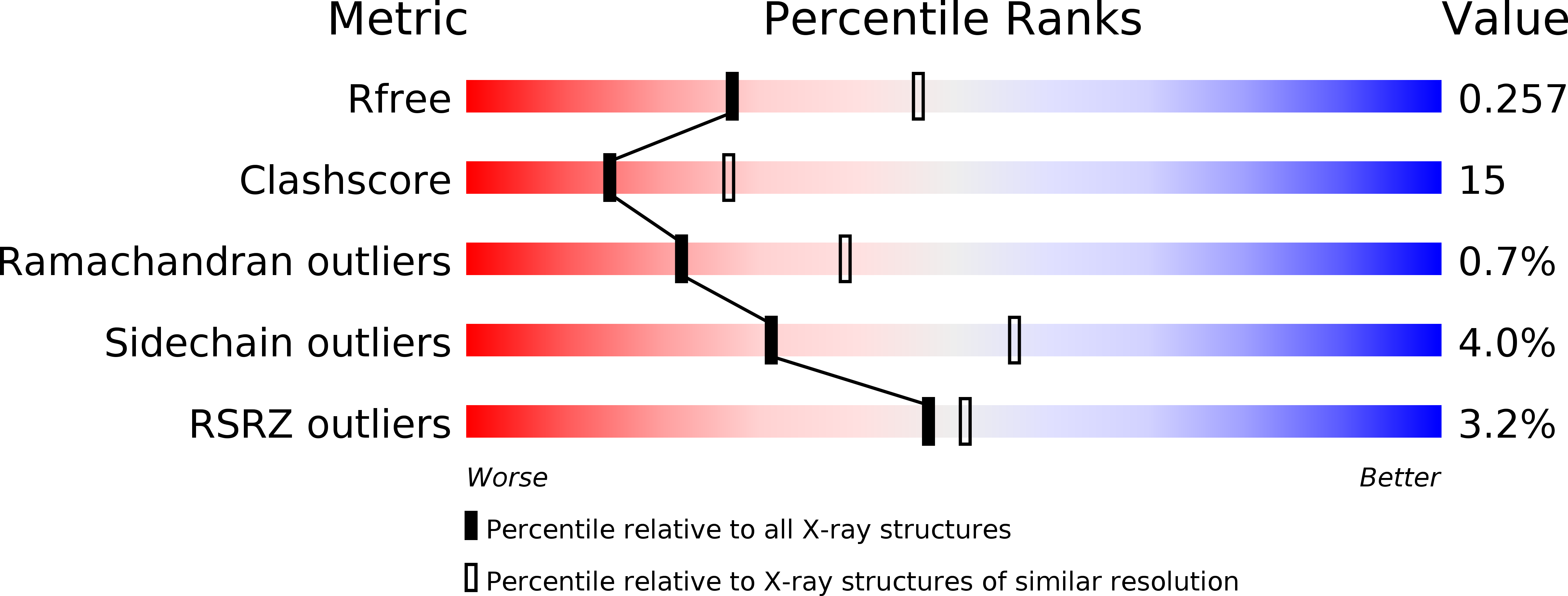
Deposition Date
2003-11-11
Release Date
2004-04-06
Last Version Date
2023-10-25
Entry Detail
PDB ID:
1V47
Keywords:
Title:
Crystal structure of ATP sulfurylase from Thermus thermophillus HB8 in complex with APS
Biological Source:
Source Organism:
Thermus thermophilus (Taxon ID: 274)
Host Organism:
Method Details:
Experimental Method:
Resolution:
2.49 Å
R-Value Free:
0.26
R-Value Work:
0.21
R-Value Observed:
0.22
Space Group:
P 1 21 1


